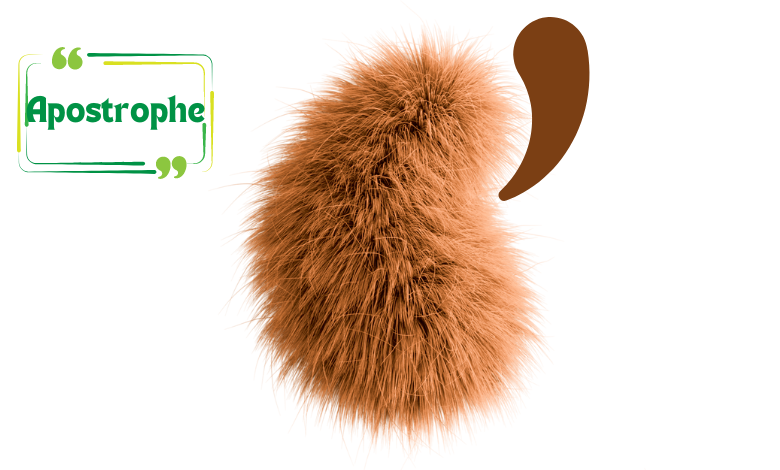Apostrophe: An Essential Guide to Its Use and Misuse

The apostrophe is a small punctuation mark with a big impact on written English. Though it may seem simple, its correct usage is crucial for clarity and meaning. This article explores the different functions of the apostrophe, common mistakes, and tips for proper usage.
What is an Apostrophe?
An apostrophe (‘) is a punctuation mark used in English to indicate possession, the omission of letters or numbers, and to form plurals in specific cases. Despite its small size, it plays a significant role in conveying the correct meaning in written communication.
Uses of the Apostrophe
1. Showing Possession
One of the primary functions of the apostrophe is to indicate possession. This can be done in several ways:
- Singular Nouns: For singular nouns, add an apostrophe followed by an “s” to show possession.
- Example: “Sarah’s book” (The book belonging to Sarah).
- Plural Nouns Ending in ‘s’: For plural nouns that already end in “s,” simply add an apostrophe after the “s.”
- Example: “The teachers’ lounge” (The lounge used by multiple teachers).
- Plural Nouns Not Ending in ‘s’: For plural nouns that do not end in “s,” add an apostrophe followed by an “s.”
- Example: “The children’s toys” (The toys belonging to the children).
- Proper Nouns: When a proper noun (e.g., names of people, places) is singular or plural, the same rules apply.
- Example: “James’s car” (The car belonging to James).
- Example: “The Joneses’ house” (The house belonging to the Jones family).
2. Omission of Letters
The apostrophe is used to show that letters have been omitted in contractions or shortened forms of words.
- Contractions: An apostrophe replaces missing letters in contractions.
- Example: “Can’t” (cannot), “They’re” (they are), “It’s” (it is or it has).
- Shortened Forms: In some informal writing, apostrophes indicate omitted letters.
- Example: “O’clock” (of the clock), “Rock ‘n’ roll” (rock and roll).
3. Forming Plurals of Letters, Symbols, and Words
The apostrophe can be used to form the plural of letters, symbols, and words, although this usage is relatively rare and sometimes considered optional.
- Letters: Add an apostrophe and “s” to pluralize individual letters.
- Example: “Mind your p’s and q’s.”
- Symbols and Words: To pluralize symbols or words used as words, add an apostrophe and “s.”
- Example: “There are many &’s in the document.”
Common Apostrophe Mistakes
- Misplacing Apostrophes in Plurals: Apostrophes should not be used to form regular plurals.
- Incorrect: “Apple’s for sale.”
- Correct: “Apples for sale.”
- Using Apostrophes for Possessive Pronouns: Possessive pronouns (its, yours, his, hers, theirs, ours) do not use apostrophes.
- Incorrect: “The dog wagged it’s tail.”
- Correct: “The dog wagged its tail.”
- Confusing Its and It’s: “It’s” is a contraction for “it is” or “it has,” while “its” is a possessive pronoun.
- Incorrect: “It’s book is on the table.”
- Correct: “Its book is on the table.”
- Pluralizing Possessive Nouns: Avoid adding an apostrophe to pluralize a possessive noun.
- Incorrect: “The Smith’s cars.”
- Correct: “The Smiths’ cars.”
Tips for Proper Apostrophe Usage
- Review Possessive Forms: Always verify whether a noun is singular or plural to apply the correct apostrophe rule.
- Double-Check Contractions: Ensure contractions are used correctly to avoid confusion in meaning.
- Consult Grammar Guides: When in doubt, consult grammar guides or style manuals for specific rules related to apostrophe usage.
- Proofread Carefully: Reviewing your work can help catch apostrophe errors and ensure clarity in your writing.
Conclusion
The apostrophe may be small, but it plays a vital role in writing. Understanding its correct usage helps in avoiding common mistakes and ensuring your writing is clear and precise. By following the guidelines outlined in this article, you can master the apostrophe and enhance the quality of your written communication.




